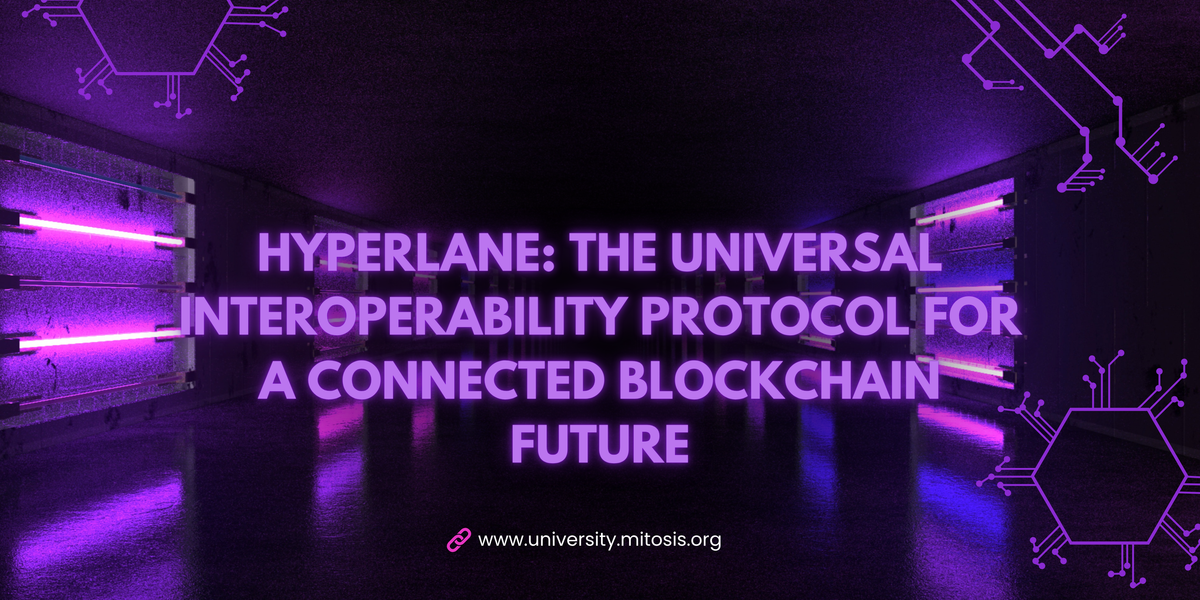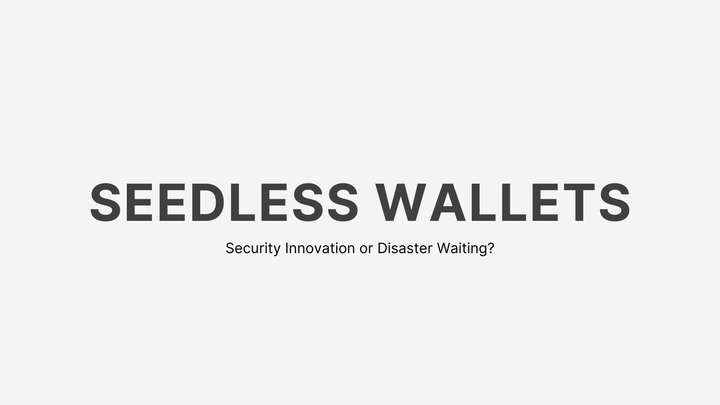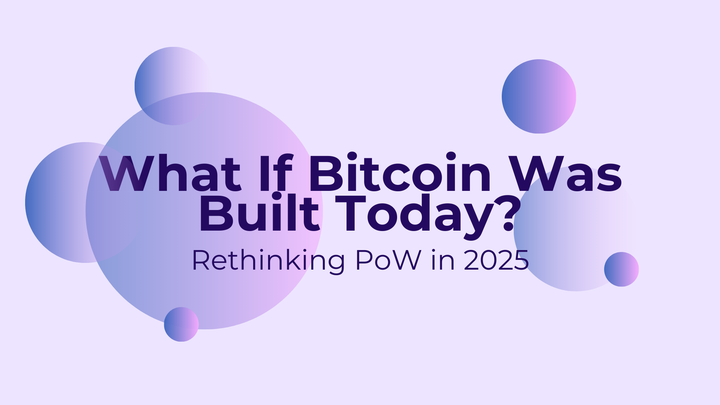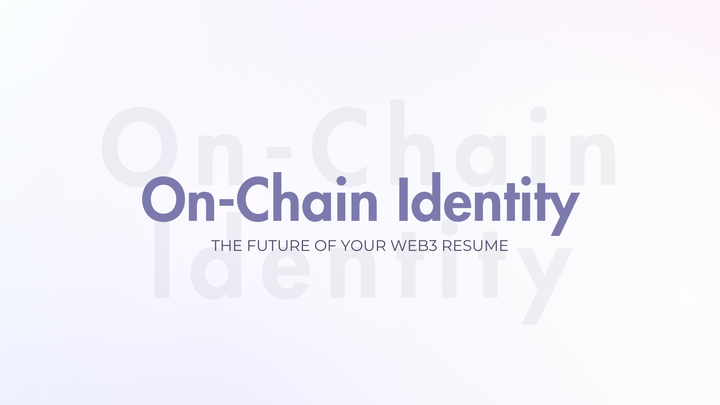Hyperlane: The Universal Interoperability Protocol for a Connected Blockchain Future

Introduction to Hyperlane and Blockchain Interoperability
In the rapidly evolving world of blockchain technology, hundreds of Layer 1 blockchains, Layer 2 scaling solutions, and app-specific chains operate in isolation, creating a fragmented ecosystem. This fragmentation poses significant challenges: liquidity is siloed, user experiences are disjointed, and developers face complex integration hurdles. Enter Hyperlane, the first permissionless interoperability protocol designed to bridge these divides, enabling seamless communication and asset transfers across over 150 blockchains, including Ethereum, Solana, Cosmos, and rollups like OP Stack and Polygon CDK.
Hyperlane, developed by Abacus Works, empowers developers to build decentralized applications (dApps) that transcend chain boundaries, fostering a unified Web3 ecosystem. By offering a permissionless, modular, and developer-centric solution, Hyperlane addresses critical needs in decentralized finance (DeFi), non-fungible token (NFT) marketplaces, gaming, and governance. Its ability to connect any blockchain—whether a Layer 1, rollup, or app-chain—positions it as a cornerstone of the modular blockchain future.
Interoperability is not just a technical convenience; it’s a necessity for Web3’s growth. Without it, DeFi protocols struggle to aggregate liquidity across chains, NFT marketplaces remain confined to single ecosystems, and decentralized autonomous organizations (DAOs) face governance silos. Hyperlane’s universal approach allows developers to deploy interoperability solutions without centralized intermediaries, democratizing access and fostering innovation. This article explores Hyperlane’s core concepts, technical architecture, practical use cases, deployment process, ecosystem impact, and future potential, providing a comprehensive guide for developers and enthusiasts alike.
What is Hyperlane? Core Concepts and Features
Hyperlane is a permissionless interoperability layer that enables any blockchain to communicate with any other, supporting arbitrary message passing and asset transfers. Unlike traditional bridges with fixed security models, Hyperlane offers modular security through Interchain Security Modules (ISMs), allowing developers to tailor trust assumptions to their dApp’s needs. This flexibility, combined with its open deployment model, sets Hyperlane apart from competitors like Chainlink CCIP or LayerZero.
Key Features
- Permissionless Deployment: Anyone can deploy Hyperlane contracts on a new chain, requiring only a funded address and chain metadata. This eliminates gatekeepers and accelerates ecosystem growth.
- Modular Security: ISMs enable developers to choose security models, such as Multisig ISM for trusted validator sets or custom sovereign consensus for specific use cases.
- Warp Routes: These smart contracts facilitate no-slippage bridging for ERC-20 and ERC-721 tokens, ensuring efficient and secure asset transfers.
- Interchain Accounts and Queries: Hyperlane supports cross-chain function calls and data retrieval, enabling complex multi-chain interactions.
- HYPER Token: The native token incentivizes relayers and secures the ecosystem, aligning economic incentives with protocol reliability.
Comparison with Other Solutions
Compared to Chainlink CCIP, which relies on a centralized oracle network, or LayerZero, which emphasizes lightweight messaging, Hyperlane’s permissionless nature and modular security give developers unparalleled control. Its support for diverse ecosystems—Ethereum, Solana, Cosmos, and rollups like OP Stack, Polygon CDK, and Caldera—makes it a versatile choice for building interoperable dApps.
Why It Matters
Hyperlane’s design aligns with the modular blockchain paradigm, where specialized chains (e.g., rollups for scalability, app-chains for custom logic) interoperate to create a cohesive ecosystem. By enabling developers to connect chains without permission, Hyperlane fosters innovation in DeFi, gaming, and governance, paving the way for a more connected Web3.
Technical Architecture of Hyperlane
Hyperlane’s architecture is built for scalability, modularity, and developer flexibility, enabling seamless cross-chain communication. The protocol’s core components work together to dispatch, deliver, and verify messages, supporting use cases from token bridging to complex dApp interactions.
Core Components
- Mailbox Contract:
- The central hub for interchain messaging, deployed on each connected chain.
- Records message IDs, ensuring reliable dispatch and receipt.
- Supports arbitrary message passing, from simple data to complex instructions.
- Interchain Security Modules (ISMs):
- Modular security layers that verify message authenticity on the destination chain.
- Pre-built ISMs include Multisig ISM (relying on trusted validators) and Routing ISM (for dynamic routing).
- Developers can create custom ISMs for sovereign consensus, tailoring security to specific needs.
- Warp Routes:
- Smart contracts for no-slippage token bridging, supporting ERC-20 (e.g., USDC) and ERC-721 (NFTs).
- Configurable for synthetic assets (e.g., minted tokens) or collateral-backed transfers.
- Example: Bridging USDC from Ethereum to Solana with minimal latency.
- Interchain Gas Paymaster:
- Simplifies gas payments for cross-chain transactions.
- Relayers pay gas on the destination chain, with users reimbursing via the origin chain.
- Ensures affordability and accessibility for dApp users.
Message Delivery Process
Hyperlane’s message delivery follows a three-step process:
- Dispatch: A dApp on the origin chain sends a message via the Mailbox contract, specifying the destination chain and recipient.
- Relayer Observation: Off-chain relayers observe the message and deliver it to the destination chain’s Mailbox.
- Verification and Execution: The destination chain’s ISM verifies the message’s authenticity before executing the intended action (e.g., transferring tokens or calling a function).
Technical Benefits
- Scalability: Hyperlane’s lightweight contracts and off-chain relayers handle high-throughput use cases.
- Modularity: Developers can swap ISMs or configure Warp Routes without redeploying the protocol.
- Developer Control: Sovereign consensus allows dApps to define their security models, balancing cost and trust.
This architecture makes Hyperlane adaptable to diverse blockchains, from high-speed rollups to permissioned app-chains, enabling developers to build robust interchain applications.
Use Cases and Applications
Hyperlane’s versatility powers a wide range of dApps, addressing real-world challenges in DeFi, gaming, NFTs, and governance. Its ability to enable arbitrary message passing and asset transfers unlocks innovative use cases.
Key Use Cases
- Token Bridging with Warp Routes:
- Warp Routes facilitate secure, no-slippage transfers of ERC-20 and ERC-721 tokens.
- Example: Bridging USDC from Ethereum to Solana or NFTs from Polygon to Arbitrum.
- Benefits: Enhanced liquidity and accessibility for multi-chain dApps.
- Interchain Accounts:
- Enable dApps to execute cross-chain function calls.
- Example: A Solana-based game triggering a reward distribution on Ethereum.
- Use case: DeFi protocols managing cross-chain lending or yield farming.
- Cross-Chain Governance:
- Hyperlane + Tally integrations allow DAOs to manage proposals across multiple chains.
- Example: A DAO on Ethereum voting to update a smart contract on Optimism.
- Benefit: Unified governance for decentralized organizations.
- Gaming and NFTs:
- Hyperlane enables multi-chain game states and NFT marketplaces.
- Example: A player earning an NFT on Solana and using it in an Ethereum-based game.
- Benefit: Seamless user experiences across ecosystems.

Case Study: Hyperlane and Eclipse
Hyperlane’s integration with Eclipse, a Solana Virtual Machine (SVM) rollup, demonstrates its real-world impact. Eclipse uses Hyperlane to bridge USDC, SOL, and WIF between its rollup, Ethereum, and Solana. This integration enables:
- Liquidity Aggregation: Users access assets across chains without fragmented pools.
- Fast Transactions: Warp Routes ensure low-latency transfers.
- Developer Flexibility: Eclipse configures ISMs to align with its security needs.
This case study highlights Hyperlane’s ability to enhance accessibility and liquidity for rollups and app-chains, driving adoption in DeFi and beyond.
Broader Impact
Hyperlane’s use cases extend to any dApp requiring cross-chain functionality. In DeFi, it enables multi-chain yield farming and lending. In gaming, it supports interoperable assets and states. For NFTs, it creates unified marketplaces. These applications demonstrate Hyperlane’s potential to transform Web3 by breaking down chain-specific barriers.
Partnerships
Hyperlane’s integrations with projects like Eclipse (for Solana rollups) and Tally (for cross-chain governance) showcase its versatility. These partnerships enhance liquidity, accessibility, and developer adoption across Web3.
Future Vision
Hyperlane aims to connect every blockchain, creating a universal interoperability layer. By supporting emerging chains and rollups, it ensures Web3 remains cohesive and accessible, empowering developers to build without boundaries.
Challenges and Future Directions
Despite its strengths, Hyperlane faces challenges:
- Scalability: High-throughput chains require optimized relayer infrastructure.
- Security Trade-Offs: Custom ISMs must balance cost and trust assumptions.
- Adoption Barriers: Non-technical users may find deployment complex.
Future developments include:
- Expanded Token Support: Adding more ERC standards and native tokens.
- Relayer Optimization: Improving speed and cost-efficiency.
- New Chain Integrations: Supporting emerging ecosystems like modular rollups.
Hyperlane’s modular design ensures it can adapt to these challenges, positioning it as a leader in the interoperable blockchain future.
Conclusion
Hyperlane is redefining blockchain interoperability with its permissionless, modular, and developer-friendly protocol. By connecting over 150 chains and enabling dApps in DeFi, gaming, NFTs, and governance, it’s breaking down the barriers of a fragmented Web3. Developers can start building today using Hyperlane’s comprehensive documentation, CLI, and Explorer. As the blockchain ecosystem evolves, Hyperlane’s vision of universal interoperability will drive innovation, collaboration, and a truly connected Web3 future.



Comments ()